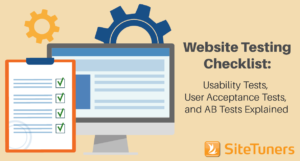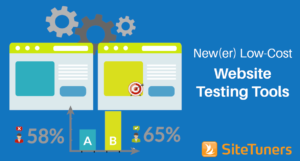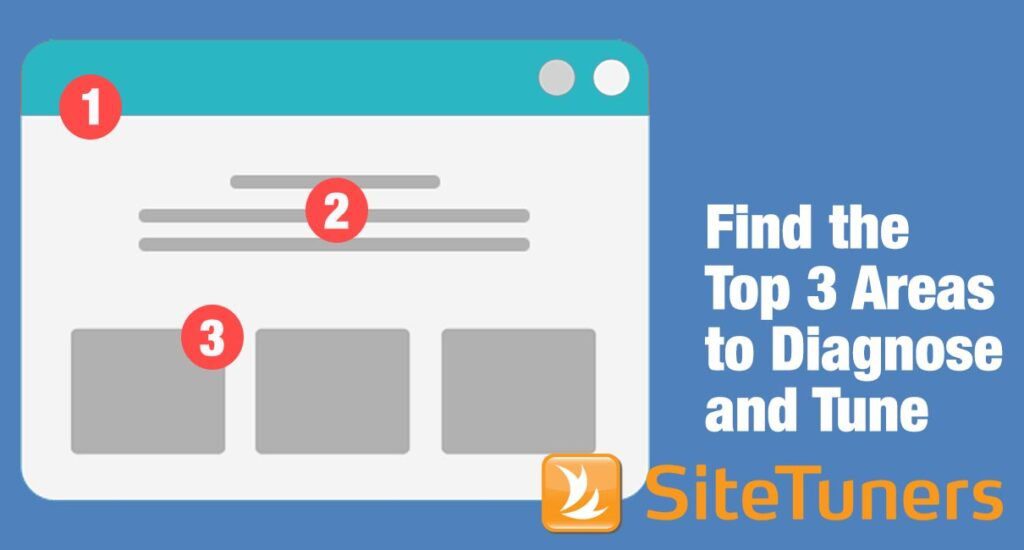Summary: Testing the CRO process is your reliable ally. Are you ready to transform your website into a conversion powerhouse? By conducting systematic and strategic tests, you can fine-tune various website elements and enhance user experience, leading to higher conversion rates.
Testing the CRO process provides crucial insights into your audience’s behavior, enabling you to pinpoint areas that need tweaking and optimization. This iterative process involves continuous testing and tweaking of different website elements to establish the most effective design and layout for driving conversions. By embracing the CRO process, businesses can understand their target audience and adapt their website to cater to their needs and preferences. The result? Skyrocketing conversion rates, increased revenue, and elevated customer satisfaction.
Factors to Consider When Starting Testing the CRO Process
Before diving into the world of Conversion Rate Optimization (CRO) and its testing, it is essential to chart your course. Here are the crucial factors you need to keep in mind to succeed in CRO:
- Resource Evaluation: Take stock of your resources and budget. Testing the CRO process might call for tech wizardry and skilled hands on deck.
- Goal Alignment: Ensure your CRO mission aligns with your company’s broader goals. It’s all about synergy.
- Audience Insight: Deep dive into understanding your audience and market segment. The more you know, the more precise your CRO strategies can be.
- Traffic Check: Remember, CRO thrives on traffic. If your website’s traffic is lighter, it might be time to rev up your engine before unleashing the full potential of testing.

Different Stages of a Company for Testing CRO Implementation
The process of testing the CRO implementation is a practical, adaptable method that aligns with your company’s growth stages, delivering distinct benefits at each step:
Early Growth – Laying the foundation for success
- Gain Audience Insights: Analyze user data for behavior insights.
- Refine Analytics: Identify optimization areas to enhance the user experience.
- Boost Conversions: Optimize website elements for early triumphs.
Example: Startups enhance their landing page by testing layout, colors, and call-to-action buttons for higher conversions.
Mid-Growth – Expanding for a more significant impact
- Advanced Testing: Implement sophisticated strategies for broader reach.
- Roadmaps & Pipelines: Streamline testing processes for efficiency.
- A/B Mastery: Optimize product pages, images, descriptions, and pricing displays.
Example: E-commerce companies leverage A/B testing to enhance product presentation. Testing Checklist: Usability Tests, User Acceptance Tests, and AB Tests Explained.
Late Growth – The optimization phase
- Continuous A/B Testing: Fine-tune website elements for ongoing excellence.
- Expanding Horizons: Optimize platforms and channels for comprehensive impact.
- Cross-platform Proficiency: Optimize mobile apps for a seamless experience.
Example: Established retailers perfect their mobile app with layout, navigation, and checkout tests, ensuring a seamless shopping journey.

Website Testing Checklist: Usability Tests, User Acceptance Tests, and AB Tests Explained
Common Testing Strategies in the CRO Process
You can apply numerous strategies when testing the CRO process to enhance website performance and boost conversions. Some common strategies include:
- Form Optimization: Enhance form design to create a seamless user experience and boost form submissions.
- Consistent Messaging: Align your landing page copy with your ads to ensure consistency and generate more leads.
- Smart CTAs: Implement slide-in call-to-actions (CTAs) within blog posts to increase clickthrough rates and drive higher conversions.
- Trust-building Elements: Replace feature lists with user testimonials to build trust and confidence, resulting in increased conversions.
To guarantee the success of your CRO process testing:
- Develop well-structured experiments and testing hypotheses that deliver accurate and meaningful results.
- Utilize advanced optimization tools to fine-tune your strategies.
- Measure and analyze the right metrics to gain valuable insights that drive optimization.
For instance, consider an e-commerce business that leverages A/B testing to compare the performance of two product page layouts. By randomly assigning visitors to either a control group or an experimental group, they can measure the impact of the new layout on conversion rates. This data-driven approach empowers them to make informed decisions about which layout is more effective and, in turn, drives significant improvements in conversions.
Benefits of Early-Stage Testing
Testing in the early stages is your secret weapon for business success. Here’s why:
- Deep Insights: By starting early, you gain profound insights into user behavior and preferences through data analysis.
- Optimization: With this knowledge, you can optimize website elements and turbocharge your conversion rates.
- Issue Prevention: Early-stage testing helps you spot and tackle potential issues and areas for improvement before they become significant obstacles.
Let’s visualize this: Imagine a cutting-edge SaaS startup. They initiate testing the CRO process immediately, focusing on their pricing page. Through tests on pricing tiers and subscription options, they identify the model that makes their conversion rates rise.

New(er) Low-Cost Website Testing Tools
Advanced Testing Strategies for Mid-Stage Companies
As your company progresses to the intermediate growth stage, it’s time to take your CRO process up a notch. Here’s how:
- Sophisticated Techniques: It’s time to implement advanced testing techniques and powerful tools for high-impact experiments.
- Data-driven Insights: Utilize data analysis and user behavior insights to fuel your optimization efforts.
- Success Stories: Learn from the real-world examples of intermediate-stage companies that have mastered the testing of the CRO process with these strategies.
Consider this scenario: An intermediate-stage e-commerce company deploys multivariate testing, analyzing many website elements simultaneously. They experiment with different headlines, images, and product descriptions to find the winning combination that sends their conversion rates skyrocketing.
Optimizing CRO Efforts in Late-Stage Companies
The late stage of your company’s journey is fine-tuning and expanding. Here’s your guide:
- Continuous Optimization: Embrace ongoing A/B testing to perfect your website for maximum conversions.
- Beyond Websites: Don’t stop at the website – extend CRO efforts to mobile apps, social media, and more.
- Real-Life Triumphs: Learn from advanced-stage success stories where companies achieved remarkable results by testing the CRO process.
For instance, a significant e-commerce player keeps CRO involved in its website. They extend the testing to mobile apps, social media ads, and email campaigns. By experimenting with app features, ad designs, and email layouts, they create a customer journey optimized for sky-high conversions. That’s the power of advanced-stage CRO.
In conclusion, Conversion Rate Optimization (CRO) isn’t just a strategy; it’s your key to digital success. Moreover, it’s not a one-size-fits-all solution. We understand that whether you’re just starting or have been in the game for years, your journey with CRO is unique. That’s why we’re here to help.
Our CRO experts are ready to craft tailored solutions that align with your growth stage, resources, and business goals. With data-driven insights, we’ll fine-tune your approach and help you outshine your competition. Contact us for a free consultation today, and let’s maximize your online success!

